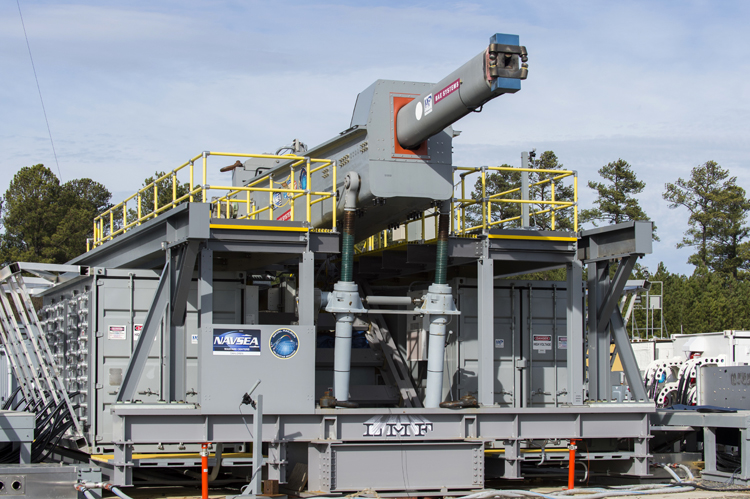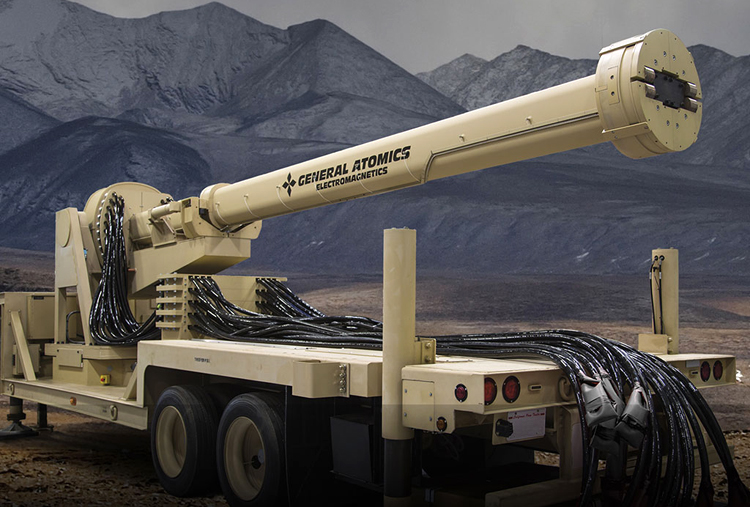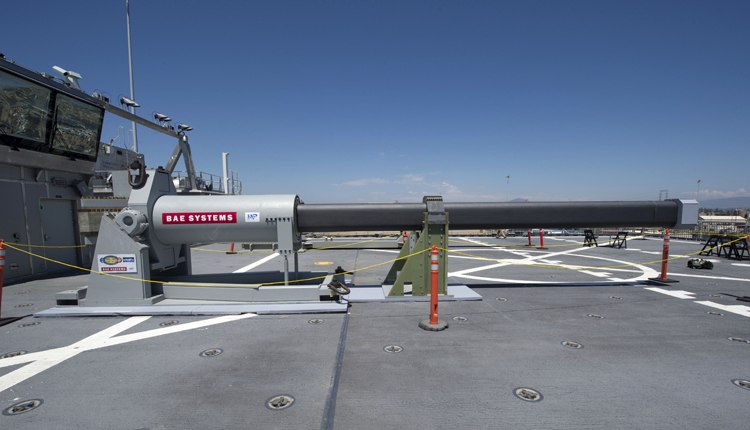INDIAN ARMED FORCES CHIEFS ON OUR RELENTLESS AND FOCUSED PUBLISHING EFFORTS

The insightful articles, inspiring narrations and analytical perspectives presented by the Editorial Team, establish an alluring connect with the reader. My compliments and best wishes to SP Guide Publications.

"Over the past 60 years, the growth of SP Guide Publications has mirrored the rising stature of Indian Navy. Its well-researched and informative magazines on Defence and Aerospace sector have served to shape an educated opinion of our military personnel, policy makers and the public alike. I wish SP's Publication team continued success, fair winds and following seas in all future endeavour!"

Since, its inception in 1964, SP Guide Publications has consistently demonstrated commitment to high-quality journalism in the aerospace and defence sectors, earning a well-deserved reputation as Asia's largest media house in this domain. I wish SP Guide Publications continued success in its pursuit of excellence.
- Global Partners Urged to Tap India's Shipbuilding Potential: Rajnath Singh at Samudra Utkarsh
- All about HAMMER Smart Precision Guided Weapon in India — “BEL-Safran Collaboration”
- India, Germany deepen defence ties as High Defence Committee charts ambitious plan
- G20 Summit: A Sign of Global Fracture
- True strategic autonomy will come only when our code is as indigenous as our hardware: Rajnath Singh
- India–Israel Joint Working Group Meeting on defence cooperation to boost technology sharing and co-development
The Railgun
The railgun is a linear motor, typically designed as a weapon which uses electromagnetic force to launch high velocity projectiles that do not contain explosives but rely on the projectile's mass, high speed and kinetic energy to inflict damage
 |
The Author is Former Director General of Information Systems and A Special Forces Veteran, Indian Army |

News reports of December 24, 2021, revealed that the Japanese government will issue new state bonds worth Yen 36.93 trillion yen, down from the fiscal 2021 initial budget's Yen 43.60 trillion yen and Japan’s defence spending will reach the largest-ever amount of Yen 5.40 trillion ($ 4.69 billion) up for the eighth consecutive year. Now Japan’s defence ministry has announced Japan will begin developing railguns to counter hypersonic missile threats and the upgraded intercept systems for intercepting hypersonic missiles are expected to be up before the end of the decade. Theoretically, a railgun would be much cheaper than a $1.4 million Tomahawk missile offering greater range but also can be shot down or jammed. Besides, a warship could also carry a huge number of small but high-velocity railgun projectiles.
The railgun is a linear motor, typically designed as a weapon which uses electromagnetic force to launch high velocity projectiles. The railgun uses a pair of parallel rails or conductors along which a sliding armature is accelerated by the electromagnetic effects of a current that flows down one rail, into the armature and then back along the other rail - similar to the principle of the homopolar motor. The projectile normally does not contain explosives but relies on the projectile's mass, high speed and kinetic energy to inflict damage. The destructive force of a projectile depends on its kinetic energy and mass at the point of impact and because of the potentially high velocity of a railgun-launched projectile, its destructive force is much greater than conventionally launched projectiles of the same size.
Explosive-powered military guns cannot readily achieve a muzzle velocity of more than ≈2 km/s but railguns can readily exceed 3 km/s. The absence of explosive propellants or warheads to store and handle, as well as the low cost of projectiles are additional advantages.
Explosive-powered military guns cannot readily achieve a muzzle velocity of more than ≈2 km/s but railguns can readily exceed 3 km/s. The absence of explosive propellants or warheads to store and handle, as well as the low cost of projectiles compared to conventional weaponry are additional advantages. However, railgun propulsion applications must also factor in its durability, availability, bulk, high energy demand and complexity of pulsed power supplies required for electromagnetic launcher systems.
Railguns with projectile weighing few kilograms and barrel lengths of few metres require very large currents to accelerate projectiles to velocities of 1,000 m/s. Very large power supply providing for one million amperes of current, will create a tremendous force on the projectile, accelerating it to a speed of many km per second but the heat generated would rapidly erode the rails. This means railguns would require frequent replacement of the rails unless advanced heat-resistant material is developed - conductive enough to produce the same effect. Space applications of electrodynamic assistance for launching rockets would involve specially formed electromagnetic coils and super conducting magnets using composite materials.

NASA had proposed to use a railgun to launch wedge-shaped aircraft with scramjets to high-altitude at Mach 10, where it would then launch a small payload into orbit using conventional rocket propulsion. The extreme G-forces involved with direct railgun ground-launch to space may restrict the usage to only the sturdiest of payloads. Alternatively, very long rail systems may be used to reduce the required launch acceleration.
In the process of developing railguns, helical railguns and plasma railguns have also been attempted. A helical railgun is multi-turn that reduce rail and brush current by a factor equal to the number of turns. Two rails are surrounded by a helical barrel and the projectile or re-usable carrier is also helical. The projectile is energised continuously by two brushes sliding along the rails, and two or more additional brushes on the projectile serve to energise and commute several windings of the helical barrel direction in front of and/or behind the projectile.
NASA had proposed to use a railgun to launch wedge-shaped aircraft with scramjets to high-altitude at Mach 10, where it would then launch a small payload into orbit using conventional rocket propulsion
The plasma railgun is a linear accelerator and plasma energy weapon which like a projectile railgun uses two long parallel electrodes to accelerate a sliding short armature. However, in a plasma railgun, the armature and ejected projectile consists of plasma, or hot, ionised, gas-like particles, instead of a solid slug of material. The US Air Force Research Laboratory had developed the ‘MARAUDER’ (Magnetically Accelerated Ring to Achieve Ultra-high Directed Energy and Radiation) for developing a coaxial plasma railgun.
Media had reported in May 7, 2020, that the US (Office of Naval Research, Naval Surface Warfare Center Dahlgren Division and BAE Systems), India’s Defence Research and Development Organisation (DRDO), the United Kingdom’s DRA, Japan’s ATLA, Russia and China all have electromagnetic railgun research projects in various stages of advancement. The US Navy, however, is facing problems after more than 15 years and half a billion dollars in funding; not been able to build an electromagnetic railgun capable of hitting targets up to 100 nautical miles at velocityof Mach 7. Priorities have also changed with more focus on longer range hypersonic missiles compared to comparatively shorter range railgun projectiles.

China's railgun project was first revealed in 2011, and ground testing began in 2014. Between 2015 and 2017, the weapon was calibrated to strike at extended ranges, increasing its lethality. The railgun was successfully mounted on a naval ship in December 2017 and sea trials began later. In February 2018, pictures of the Chinese railgun mounted on the bow of PLA Navy (PLAN) ship ‘Haiyangshan’ (Type 072III-class landing ship) were published online. In March 2018, China confirmed it had begun testing its electromagnetic railgun at sea.
According to recent US intelligence reports, China could have the world’s most powerful naval gun by 2025. China is testing a ship-mounted railgun capable of striking a target 124 miles away at speeds of up to 1.6 miles per second. The cost of each Chinese railgun is expected to be between $25,000 and $50,000. Multiple railguns mounted on Chinese naval warships will have implications for the Indo-Pacific region.
According to recent US intelligence reports, China could have the world’s most powerful naval gun by 2025. Multiple railguns mounted on Chinese naval warships will have implications for the Indo-Pacific region.
In 1994, the DRDO's Armament Research and Development Establishment (ADR&DE) reportedly developed a railgun with a 240 kJ, low inductance capacitor bank operating at 5 kV power able to launch projectiles of 3–3.5 g weight to a velocity of more than 2,000 m/s (4,500 mph; 7,200 km/h; 6,600 ft/s). Subsequently, media reports of November 2017 indicated that the DRDO had successfully tested a 12mm square bore electromagnetic railgun and that tests of a 30mm version were planned to be conducted. The report also said that India aims to fire a one kilogram projectile at a velocity of more than 2,000 meters per second using a capacitor bank of 10 megajoules. The Indian Navy’s modernisation plan up to 2030 includes acquisition of electromagnetic guns and directed energy weapons.





